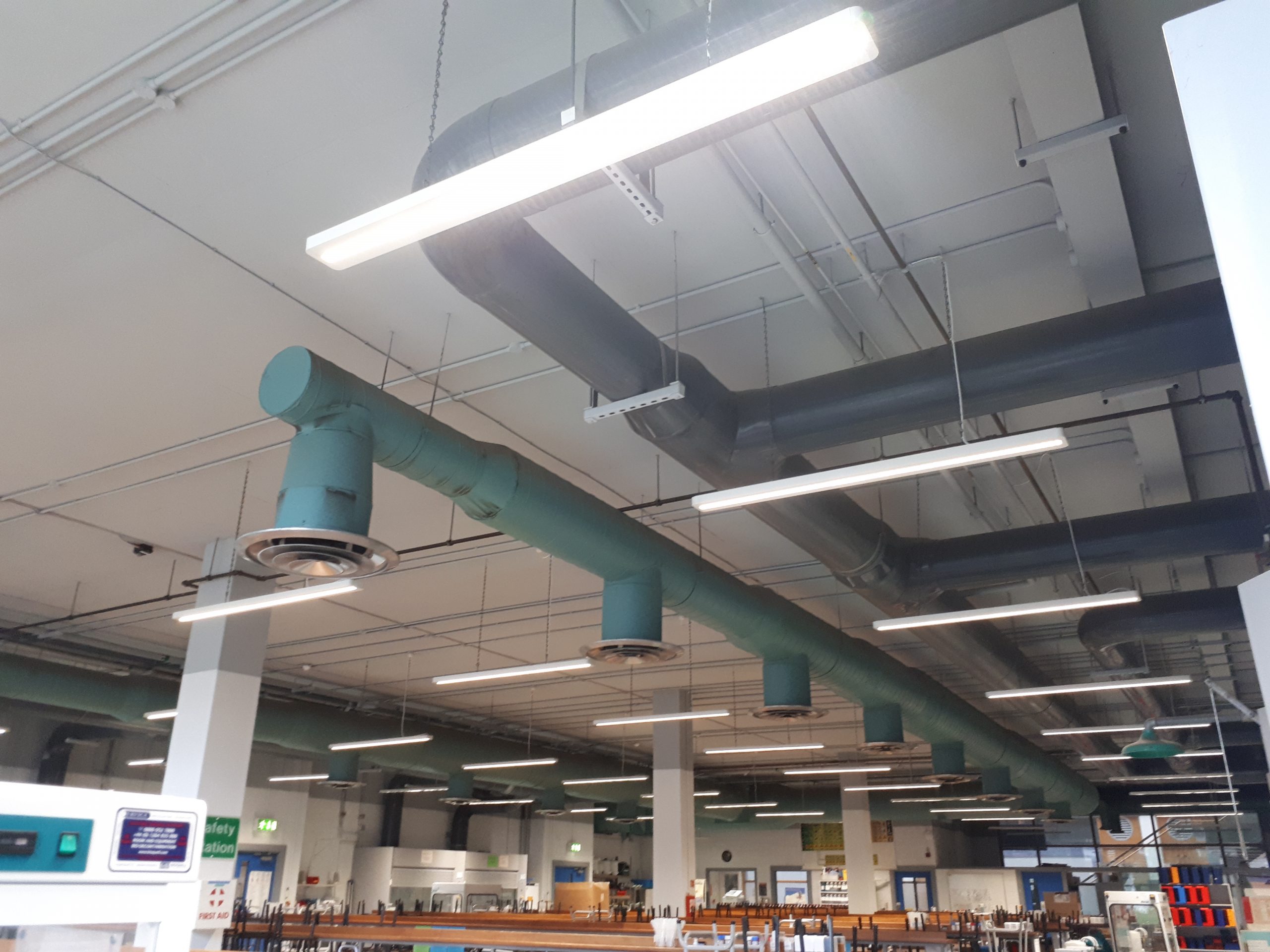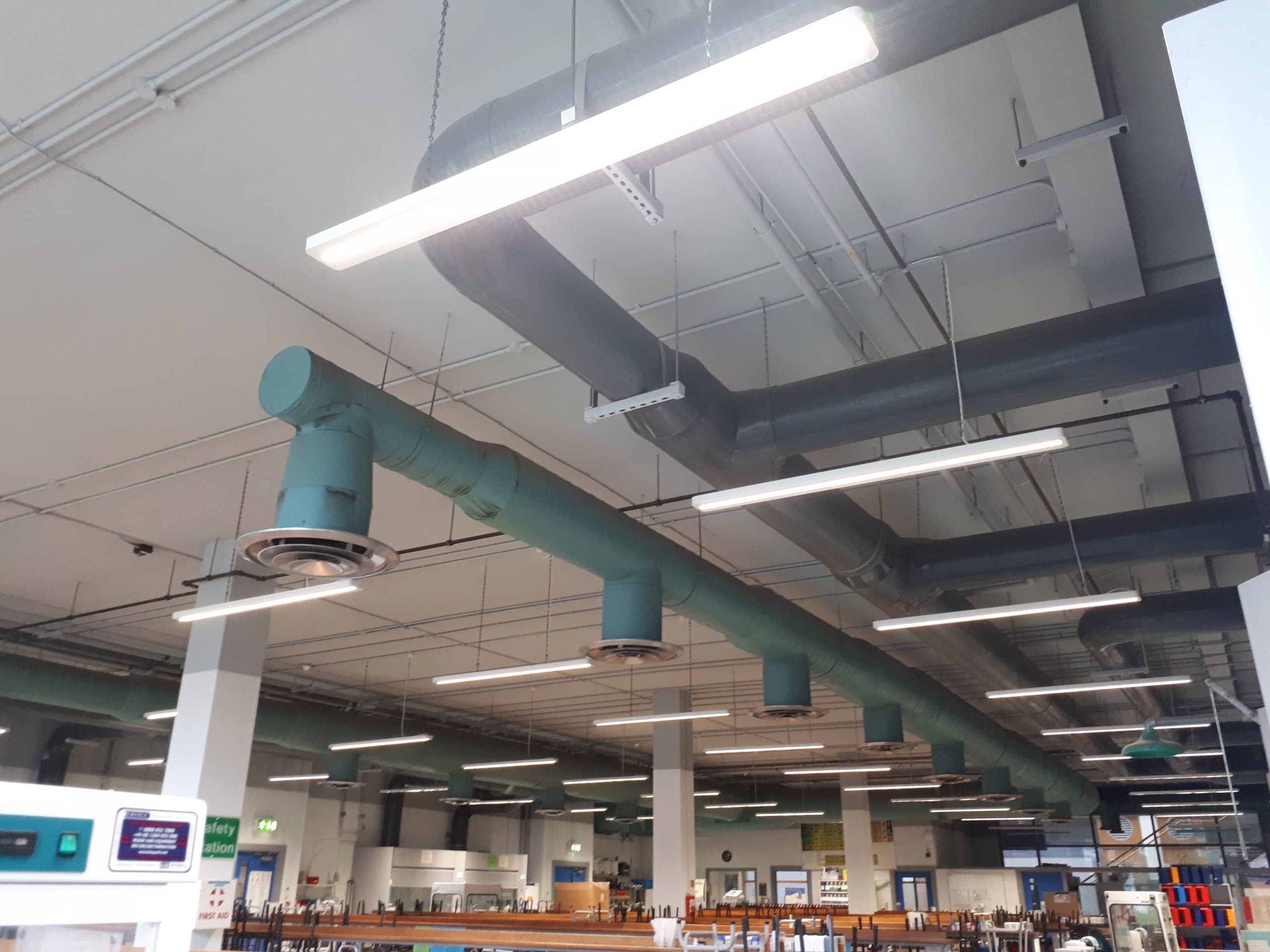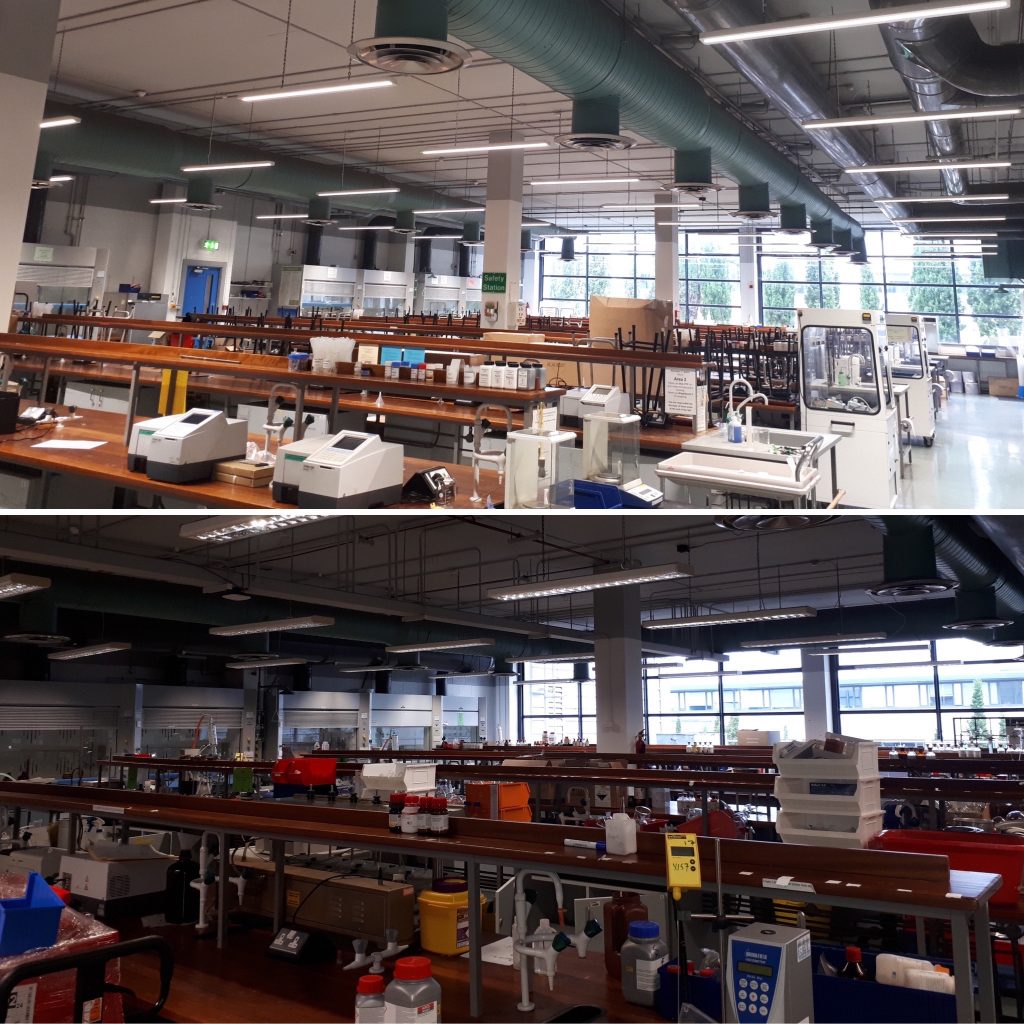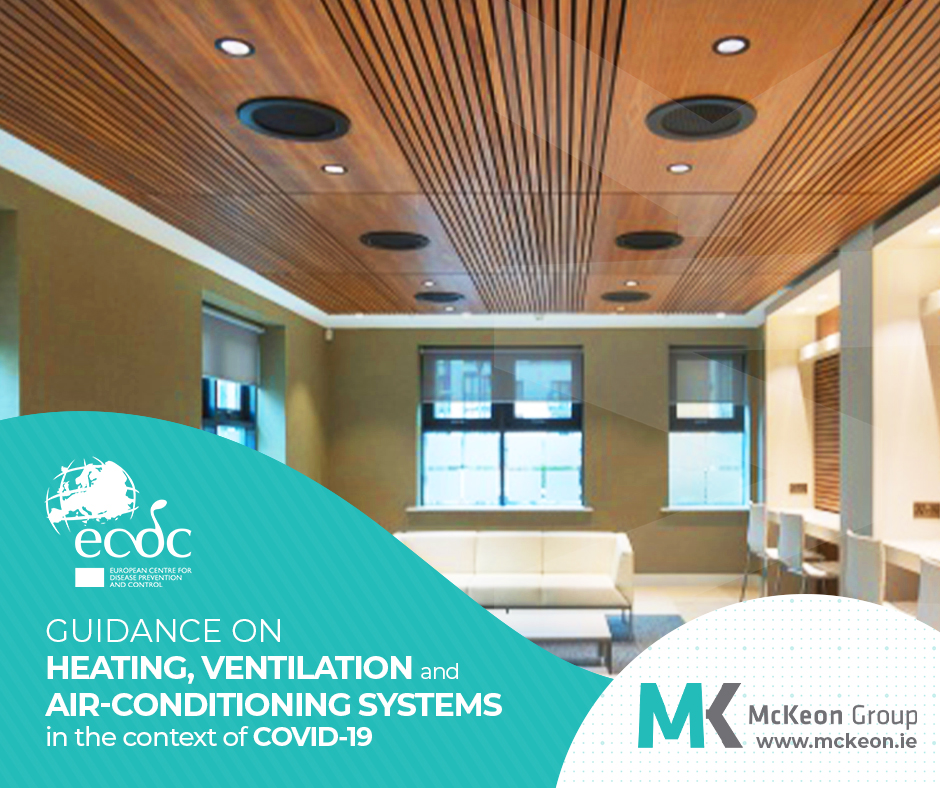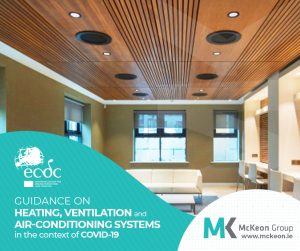“The value in inter-connectivity between once stand-alone equipment cannot be understated, and the industry is heading in the right direction in this regard with HVAC IoT devices, towards the concept of smart buildings.” ~ Muhammad Abdullah Hashmi
Earlier this month we wrote about ‘Heating, Ventilation & Air-Conditioning Systems in the Context of COVID-19’, this topic has become increasingly relevant as design and build teams scramble to review and make changes to existing project plans. You can catch up on the article in full here: https://mckeon.ie/mckeon-group-heating-ventilation-air-conditioning-systems-in-the-context-of-covid-19/
While researching this trend internationally, we came across an article by Muhammad Abdullah Hashmi on ‘IoT Solutions for HVAC’. This is quite a future-looking piece and definitely worth reading in full: https://www.iotforall.com/hvac-iot-solutions/
Most industry operators will be aware of HVAC enhancements over the past number of years that have been made possible through IoT, or the Internet of Things – which is simply a term used to describe the internet connectivity of a network of sensors and devices. IoT has become the generational equivalent of electricity insofar as it has become ubiquitous and consumers use it without understanding it or even be aware of the use in some cases.
There are many benefits for both consumers and manufacturers, including increased control and reduced consumption. In the above article, the author gives an example that most consumers will be familiar with, controlling central heating or air conditioning remotely from a mobile device.
For a commercial building operator, this convenience and flexibility is a secondary benefit. The data and insights from that data can be used to reduce consumption, which reduces costs and the overall carbon footprint of the building or development.
Innovations in HVAC technology have grown in line with other forms of proptech and contech, which are simply the latest buzzwords to categorise tech innovations for the built environment.
In his article above, Muhammad Abdullah Hashmi identifies three key ways that IoT is transforming HVAC systems:
(1) Real-Time Data Management & Diagnostics
(2) Energy Savings
(3) Cross Functionality
As indicated above, the collation and management of data in real time has been a game-changer for HVAC systems, giving manufacturers and building operators access to operational information that was not previously available, between connected equipment that was once stand-alone.
The author points out that:
“Controllers being used for commercial applications of HVAC are becoming increasingly powerful by the day. More complex algorithms, analytical capabilities, and data communication protocols are increasing the commercial HVAC market, and with it, bring the need for a more robust IoT network to facilitate this data sharing. Apart from the obvious effects of energy savings, comfort, and convenience for the consumer, OEM’s stand to benefit from the greater insights and improved building designs, equipment manufacturing, and demand forecasting.”
When contemplating the future of HVAC, the author credits IoT as being a major driver of innovations that deliver energy savings, increased comfort, demand forecasting, predictive maintenance and so much more. As IoT for HVAC systems evolves from novelty to necessity, he predicts that data analytics and machine learning will be the next transformative step for IoT in HVAC systems.
About McKeon Group:
Established in 1950, this year marks the 70th anniversary of McKeon Group, which remains a family business. ISO certified for more than two decades, McKeon Group offers expert construction, fitout and building services. The Group delivers projects, services and maintenance across a range of sectors for State, local authority, FDI and private clients. For more information, contact: www.mckeon.ie


